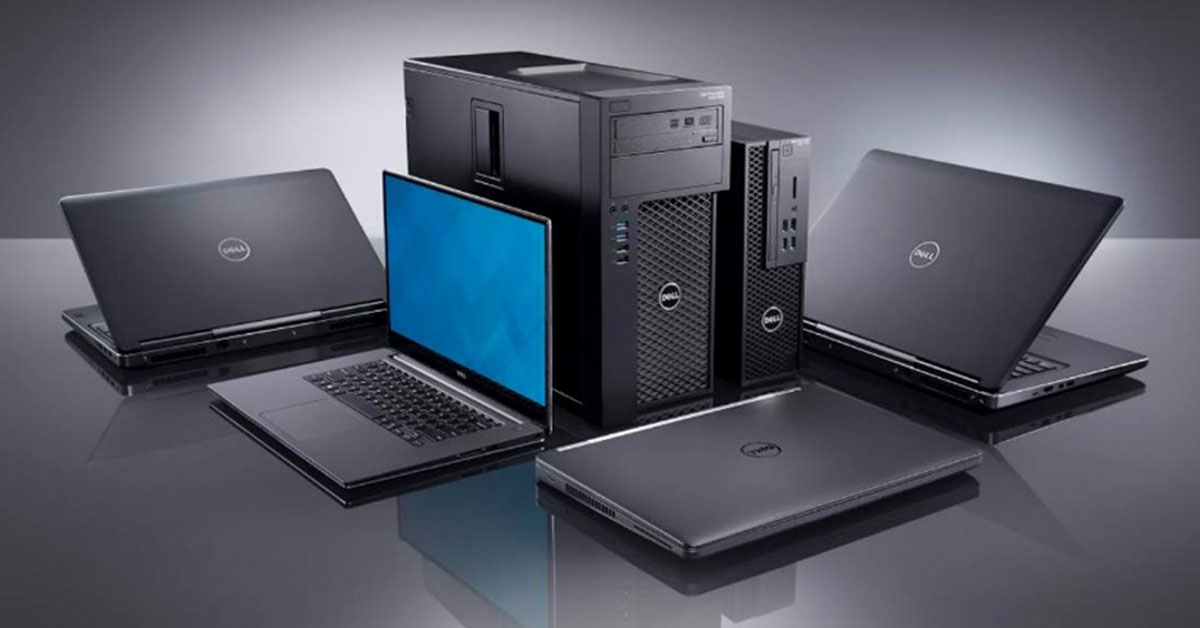Innovation Matters and Sustainability is Key. Even For The Humble AC Charger
Author:
Andrew Sultenfuss
Senior Distinguished Engineer Dell Technologies
#IWork4Dell
Innovation, defined equally by invention and utility, needs time and input to get it right. Large worldwide development organizations drive processes to ensure outcomes. Small changes or misinterpretations can have vast and profound implications. Understanding a new technology thoroughly, for reliability, cost, supporting ecosystem, and overall systems’ impact, is key to value for a design. Only after this work has been completed can any new technology be incorporated and integrated into products ready for the marketplace. Gallium Nitride (GaN) has been on the Dell technology roadmap radar for several years. The market can be slow to change. Customer experience and sustainability have raised the bar in driving products to market. Working with partners, such as GaN Systems, to deliver innovation successfully is essential.
A Product Family
Targeting low to high-power EPS/PSU designs (45-330W+) supports the wide variety of Dell Client notebooks, workstations, and Gaming platforms. GaN-based AC designs are now a part of Dell products. Dell continues to innovate for better efficiency, worldwide application, size, weight, and cost. At Dell, innovation is a continuous value cycle – yes, even for power supplies-such as the humble AC Charger.
Why Should We Care About the Humble AC Charger?
Modern work takes place dynamically in several locations for customers. The Notebook market wants instant-on to productivity without running out of power quickly. Use models from that partial charge (sipping) where access to Dock or Mains outlet will be limited by time.
Express Charge ™ was formed at Dell two decades ago and has served the market well. It is being challenged by faster rate charging as the wattage of the adapter grows with the rate needed for a given battery size. A basic example is the doubling of charger power to enable charging in half the time. Size and cost become a significant challenge.
The market has been conditioned to carry large power bricks and cables in a travel kit. A better experience forms with a smaller and lighter offering at the same or higher power. A rough rule of thumb we have seen is a 40% size reduction using GaN-based topologies over Silicon. Using new controller architectures with GaN products creates high-power chargers that are significantly smaller and lighter than today’s legacy Silicon combined with legacy controller-based designs.
Chargers play a key role in sustainability and power level/portability. GaN-based designs offer reduced materials, less water use, and significant carbon savings when combined with post-recycled materials. It is not uncommon to see seven percent use-phase savings (customer operation) over the life cycle compared to legacy silicon-only designs. These lead to a marked environmental reduction. For Dell, there are 100s of millions of EPS units deployed worldwide.
GaN technology enables External Power Supplies (EPS – adapters) and Power Supply Units (PSU) to have a smaller overall carbon footprint in the materials, manufacture, and use phase. GaN can be a win/win via efficiency, lower cost of operation, fewer materials used in manufacturing, and a higher incidence of recycled products and components.
From a design perspective, chargers with GaN can experience 40-50% less chassis volume. Replacing Si chargers with GaN chargers offers an unprecedented carbon reduction plus a better customer experience in terms of size and weight.
Smaller devices naturally mean fewer materials used in manufacturing – including plastics and metals such as steel and copper. Packaging can be reduced. Combined with recycled materials, the impact on the product’s carbon footprint is even better.
Designing for optimal GaN EPS/PSU can include a circular economy by considering the reusability of components from the start. Dell is excited to see these practices coming to life in the market.
The environmental improvements of Dell Client 60-300W GaN designs are substantial with future potential even more significant.
The Price is Right: Why Dell looks to GaN now.
Market pressures drive the design of new products optimized for customer needs. GaN power semiconductor maturation and fabrication advantages are spurring the growth of the GaN semiconductor industry. The design complexity of using GaN (it does not operate like Silicon) and technologies formed to make it readily adaptable to conventional controllers and topologies are solved and apparent. GaN design tools and knowledge is also readily available for design engineers.
Over the past several years, there has been significant investment in GaN by major global manufacturers. The result has been increased availability, lower cost of production, and a decline in the bill of materials for systems using GaN. Topologies have emerged, including a hybrid that addresses high efficiency and improved cost.
Meeting Market Needs with Dell GaN Chargers
The accelerating cost-benefit of GaN is positioned well to meet future market adoption and replacement of several silicon applications. GaN’s unique characteristics – smaller, lighter, and more energy efficient combined with cost competitiveness is a trend we are happy to see. Increased use and demand from other industries migrating to GaN – solar power collectors, charging stations for EVs, and data center servers – all drive advantageous impacts on cost.
Dell continues its legacy of innovation defined by the dual characteristics of invention and usefulness. Working with a vibrant team driving practical innovation for design and performance in my role at Dell has been a privilege. It’s rewarding that we have an opportunity to simultaneously change the individual consumer experience while reducing the impact on the planet – and the environment. GaN is a powerful tool.




